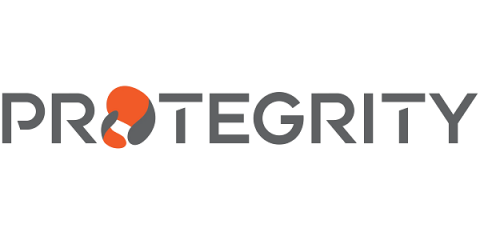Policy as code in Kubernetes: security with seccomp and network policies
The dynamic world of Kubernetes and cloud security is constantly evolving. As we explore this complicated ecosystem, it’s crucial to understand the role of policy as code (PaC) and its impact on operations and security teams. Emerging from the broader paradigm of infrastructure as code (IaC), PaC represents a significant shift in how we manage and secure cloud-native environments.











